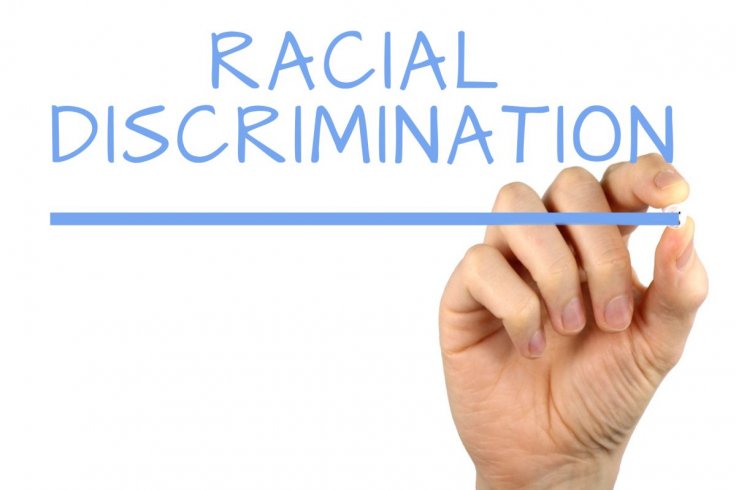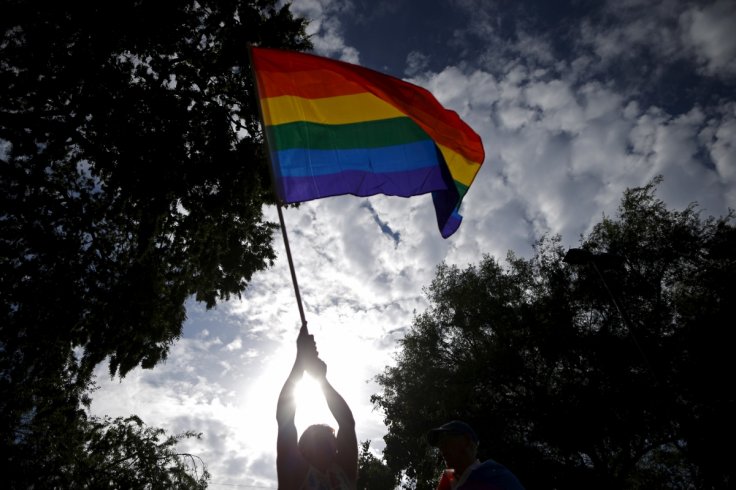At a time when tolerance towards various minority groups within the United States is seeing a worrying dip, a new study by researchers from Yale University claims that the situation in medical schools is reflective of the trend.
According to the study, medical students are facing mistreatment from medical faculty, fellow students, and supervising residents on account of their gender, race and sexual orientation. This was despite increasing diversity within medical schools in the United States the authors said.
"There is a lot of data showing that although medical schools are slowly becoming more diverse, they are still not yet inclusive," said Prof. Dowin Boatright, co-author of the paper, said in a statement.
Surveying students from accredited medical schools
Students from all 140 accredited medical schools in the United States were part of the study. The researchers gathered data from the annual survey that the Association of American Medical Colleges (AAMC) administered to medical students who were graduating in 2017. They examined 27,504 surveys answered by students from these 140 schools.

Forming a part of the survey were questions such as have they been subjected to derogatory remarks; how often have opportunities been denied to them based on their race, gender, or sexual identity; how frequently have they been physically abused or humiliated publicly.The students included those who were women, Asian, multiracial, under-represented minority (URM), and lesbian, gay, or bisexual (LGB)
Mistreatment and gender discrimination rates high
According to the study, the most common form of mistreatment was public humiliation. Offensive names or remarks, denial of opportunities and lower evaluation and grades, were some of the other kinds of discrimination minority students faced.
It was found that 25.2 per cent of male students and 40.9 per cent of female students said in the survey that they had faced mistreatment at least once. Only 9.4 per cent of male students were found to face discrimination based on gender while it was a significantly higher 28.2 per cent for female students.
Targeted due to race and sexual orientation
The study found that the rate of mistreatment faced by multiracial students was reportedly higher than white students. However, at 26.5 per cent, URM female students were found to be at the receiving end of the highest levels of ethnic and racial discrimination. Among non-URM male students, only 6.8 per cent reported ethnic and racial discrimination.

Among students who identified as gay, lesbian or bisexual, 43.5 per cent revealed at least one instance of mistreatment. This was in contrast to the mistreatment face by heterosexual students where only 23.6 per cent was reported. When it came to being addressed with offensive names or remarks based on their sexual orientation, nearly 22 per cent answered in the affirmative; a stark comparison to the negligible 0.8 percent faced by heterosexual students.
Under-representation and denial of opportunities.
Katherine A. Hill, lead author of the study, stressed that women faced more than one form of discrimination. Women along with people of colour are under-represented in medicinal academia, she said. And when it came to discrimination at the workplace, LGB and women physicians had it the worst, she said.

Talking about the long-term ills of denied opportunities, she said: "When you are denied opportunities based on racism or sexism, these can accumulate over the years and hinder careers or cause burnout."
A lot more has to be done
Sheer inclusion is not sufficient, say the researchers. They point out that diversification within medical schools must look beyond only diversity on student bodies and requires steps to make students support them throughout their academic journey. "Medical schools put almost all their attention on diversity of overall numbers; it's important to think about diversity in terms of the student experience," said Hill.
Hill also emphasises that measures such as improved protection for students to guard them against retaliatory responses; training faculty to keep their biases aside; and increased awareness about policies that are already in place to aid students subjected to ill-treatment.








